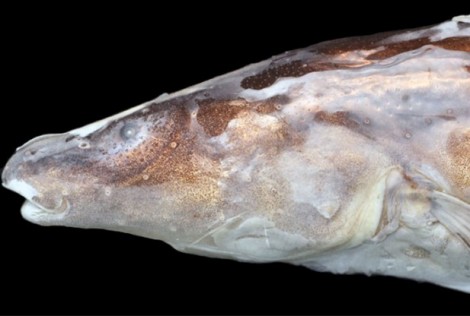A new species of electrogenic fish has been discovered in the upper Mazaruni River, Guyana. The findings, which were reported in the journal Zoological Scripta, identify the fish as a new species and as belonging to a new genus.

PHOTO COURTESY UOFT NEWS
Classified as the Akawaio penak, the fish has small eyes and a long, compressed body with a tail that tapers to a point. Like other electrogenic fish, it has an organ, called the electric organ, which generates a weak electric field. Unlike its strongly electric counterparts, A. penak uses its electricity generation capabilities not to stun its prey, but to navigate in its environment and communicate with other fish. The fish detects disturbances in its bioelectric field, which carry information, making electrolocation and electrocommunication possible. Though many electroreceptive fish can detect electric fields, the ability to generate electricity is unique to electrogenic fish.
The upper Mazaruni River is an area of rich biodiversity — this discovery increases the number of known native species to 12, and four unique genera call the upper region of the river their home. Unfortunately, gold-mining activity in the area contributes to freshwater habitat degradation, posing a risk to species in the area.
Among the team of scientists who made the discovery was Nathan Lovejoy, a professor at University of Toronto Scarborough.


